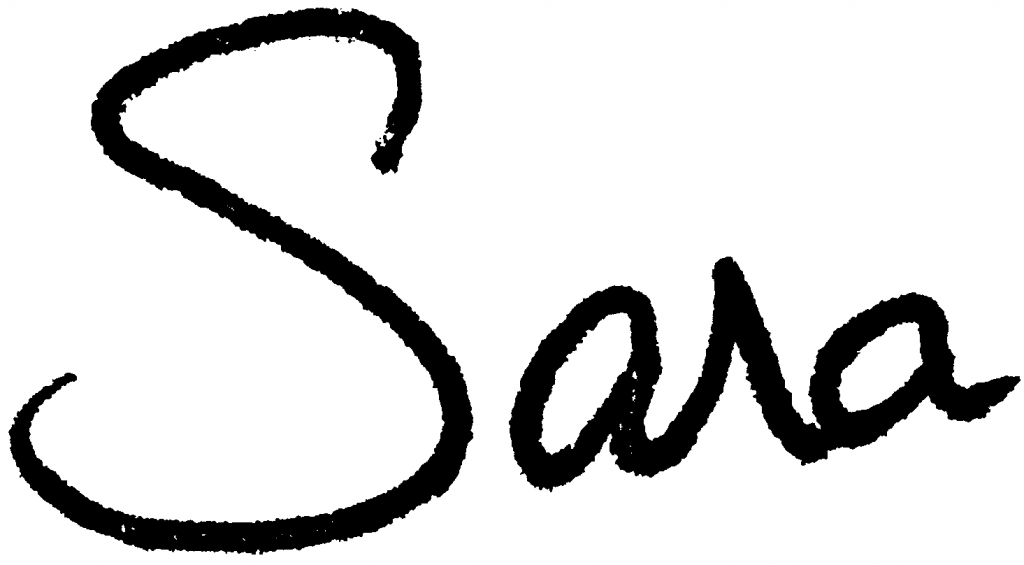I’m sure you’ve noticed there is a certain vibe in the month of December. A different mindset. More grace. Less impatience. Yes, some people feel the added pressure that comes with preparing for the holidays, but many joyfully embrace the spirit of giving during this time: buying thoughtful gifts for family and friends, making contributions to favorite charities, or volunteering to help those who are less fortunate.
At work, December’s generosity might look like giving your team members meaningful cards, sharing holiday recipes, or helping a co-worker with a looming deadline.
Whether at work or at home, the whole “giving and supporting others” thing just seems to make us feel good. Happy. Warm. Connected. Turns out, there’s some science behind that. I recently read an article in the New York Times called “The Science of Helping Out.” Author Tara Parker-Pope cites some fascinating studies that prove the surprising benefits for us when we help others or give to them in some way.
Specifically, the research indicates generosity improves our mental and physical health, gives us an edge on handling stress and adversity (now that’s something I can get behind!), and can even contribute to living longer lives. Pretty impressive, right?
Adam Grant, a well-known organizational psychologist from Wharton, adds, “The great thing about showing up for other people is that it doesn’t have to cost a whole lot or anything at all, and it ends up being beneficial to the giver.”
Generosity for the WIN!
That information really resonated with me and prompted me to ask what sounds like a strange question: How can we put more of the generosity-fueled December into our January? And for that matter, how do we maintain the boost for the rest of the year? As I was pondering that thought, a number of related ideas started bubbling up in my “orbit” in an oddly synchronistic way.
For instance, I got an email invitation from my friend and colleague Steve Harper. He asked me to participate in his 31-day challenge to keep the holiday season’s “energy of goodwill” moving forward and create a habit of generosity in 2023. He is hoping to enlist his friends, colleagues, and followers to join this “ripple movement,” collectively forming a wave of positive inspiration and impact in the world.
I was all in! (If you’d also like to be part of this effort, you can sign up here.)
So, this is my challenge for you… How can you borrow from these concepts and create a better experience for yourself and for others in 2023? Here are a few ideas to get you started:
- If you notice a colleague or co-worker struggling with a problem, offer to help them process the challenge by being their “thinking partner.” Put aside time when you can be fully present, listen intently, and help them reflect and explore solutions for a dilemma or opportunity.
- If you are a leader, organize an ongoing peer coaching program or “buddy” system to increase the level of support and engagement experienced daily or weekly by those on your team.
- If you are heading up an initiative or a project, hold “open office hours” (in person or virtually) to provide a forum through which team members can easily ask you questions, get your feedback, or share their ideas. That kind of informal access goes a long way in making others feel like their contributions are sought and valued.
By making an intentional effort to “put more December in our January,” we just might reap benefits that last all year long. If you’ve got some ideas for how to foster that valuable spirit of helping out at work, I’d love to hear about them.
Until next time,

